How PDQ Works
PDQ Data Sourcing
How does PDQ receive its data?
Daily price updates for major exportable crops (Wheat, Canola, & Peas) are received daily from the members of the Western Grain Elevator Association. All values are submitted by the head office of the grain companies via electronic means.
Weekly feed price updates are received on Friday afternoon from Alberta Agriculture and Forestry, and are based on the values reported in the Weekly Crop Market review.
READ MORE
AFSC Use of PDQ
Why does AFSC Crop Insurance use PDQ?
AFSC uses a variety of sources for crop pricing. The Agriculture and Agri-Food Canada (AAFC) Market Analyst Group (MAG) provides Fall Market Prices for crops that cannot be readily obtained from other market information, and also provides protein/grade spreads as required. AFSC also uses other publicly available sources of information for Fall Market Prices of some crops. However, PDQ is the best source available to date for major exportable crops, as it is the closest representation of the prices that grain buyers are bidding at a Provincial level.
READ MORE
Make an “App” for PDQ
There have been numerous requests for PDQ to develop an app for quick access to the price information system. Based on the design structure used for PDQ and available mobile device functionality there is a quick shortcut that can be used to create the same effect. Here’s how to make it work on your portable device.
READ MORE
Understanding Futures Codes
All Commodity Exchanges use a coding system to refer to futures contracts traded on their systems. This helps the market place function by using a common format which includes the commodity, month and year of the individual contract, and sometimes the exchange. PDQ uses this coding system when referring to the futures as they relate to basis and provides it here for clarification.
READ MORE
List of Definitions
The following link provides a brief description of the terms and phrases used on PDQ.
READ MORE
Formation of PDQ Regions
For the purposes of creating regional prices within pdq, nine geographic regions were created in Western Canada, based on several parameters. Fundamental to the process was ensuring each region was well represented by number of firms represented and number of buying locations.
READ MORE
PDQ Normalizes Grades to Get a Common Grade
There is no standard grade used to set prices; each buyer uses their own “base grade” – the grade represented in their publicly posted bid.
READ MORE
Reporting Basis
On those commodities that have a related futures contract – CWRS, CPSR and canola – pdq calculates and reports basis levels for all delivery periods.
READ MORE
The PDQ Regional Price Calculation
The prices presented daily on pdqinfo.ca are regional average prices. The commodities currently reported are CWRS wheat, CPSR wheat, durum wheat, canola and yellow peas.
READ MORE
Basis Treatment on Wheat Prices
As Western Canadian wheat bids are in Canadian dollars and the futures used in pricing are reported and traded in US dollars, the exchange rate becomes a significant influence on the basis.
READ MORE

